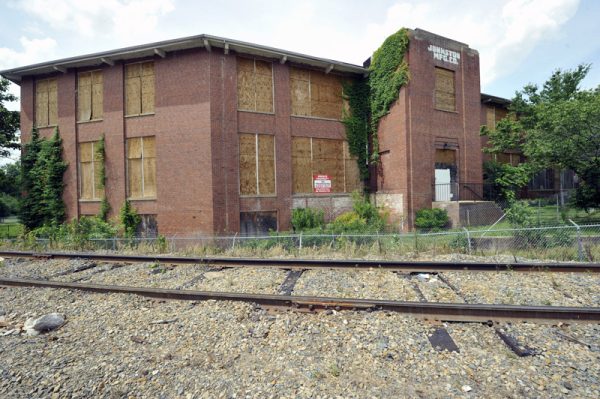Charlotte’s old buildings to get new study

The City of Charlotte will take stock of its historic buildings and neighborhoods over the next few years, thanks to a federal Historic Preservation Fund grant. The $20,000 grant will help the city’s planning department hire a consultant for a comprehensive historic resources survey. The city will pay $30,000 in matching funds.
The survey, the first of its kind in Charlotte in 30 years, will identify potential historic landmarks or districts, said John Howard, Historic District Commission administrator for the city. Howard said the “reconnaissance survey” will examine buildings and other structures built before about 1970. The first phase, beginning in October, will focus on the central area of the city, inside of what’s known as the Route 4 ring, which loops clockwise from I-85 around Eastway Drive, Runnymede Lane, Woodlawn Road and the Billy Graham parkway. In 2014, the city will seek more grant money for a wider survey of everything inside the Charlotte city limits.
Much of Charlotte’s growth occurred in the 1960s, said Levine Museum of the New South historian Tom Hanchett. So it’s likely the new survey will find properties and districts that have not previously been considered. Hanchett is not involved with the current project, but he helped conduct the city’s original historic resources survey city in the early 1980s. At that time, Hanchett said, many people did not consider the 1920s bungalows of Plaza-Midwood and parts of Dilworth “historic.” Today, both neighborhoods are local historic districts.
“Charlotte worries that we’re tearing down all the old buildings,” Hanchett said. “This is a way of getting ahead of that a little bit.”
The Historic District Commission, part of the Charlotte-Mecklenburg Planning Department, will lead the survey efforts. The Historic District Commission identifies and regulates exterior changes to properties in six local historic districts – Dilworth, Hermitage Court in Myers Park, Fourth Ward, Plaza-Midwood, Wesley Heights and Wilmore.
The Charlotte-Mecklenburg Historic Landmarks Commission, which designates and regulates exterior and interior changes to officially recognized historic properties throughout the county, is not involved in this survey. Commission planner Stewart Gray says the landmarks commission expects to benefit from information the survey uncovers.
Identifying buildings from the 1950s and 1960s as historic resources is relatively new. The Historic Landmarks Commission has promoted preservation of mid-century Modern homes for more than a decade, starting in 2002 with the designation of Praise Conner and Harriet Lee House in south Charlotte as a landmark. The Landmarks Commission has not always been successful in these efforts. In 2009, for example, the City Council denied the commission’s bid for landmark status for the Solomon and Shirley Levine House off Providence Road, built in 1957.
“There has been some pushback on Modernist properties but it’s undeniable that there’s been a great deal of acceptance of Modernist properties in the last five years, and you definitely see this in Charlotte,” Gray said.
Howard said the city is reviewing applicants and hopes to hire a consultant to begin work in October. The first phase of the survey should be complete by August 2014. The survey will compile historic and architectural information on structures built before 1970, which could make it easier for property owners or neighborhood groups who want to seek official landmark or historic district status, Howard said.